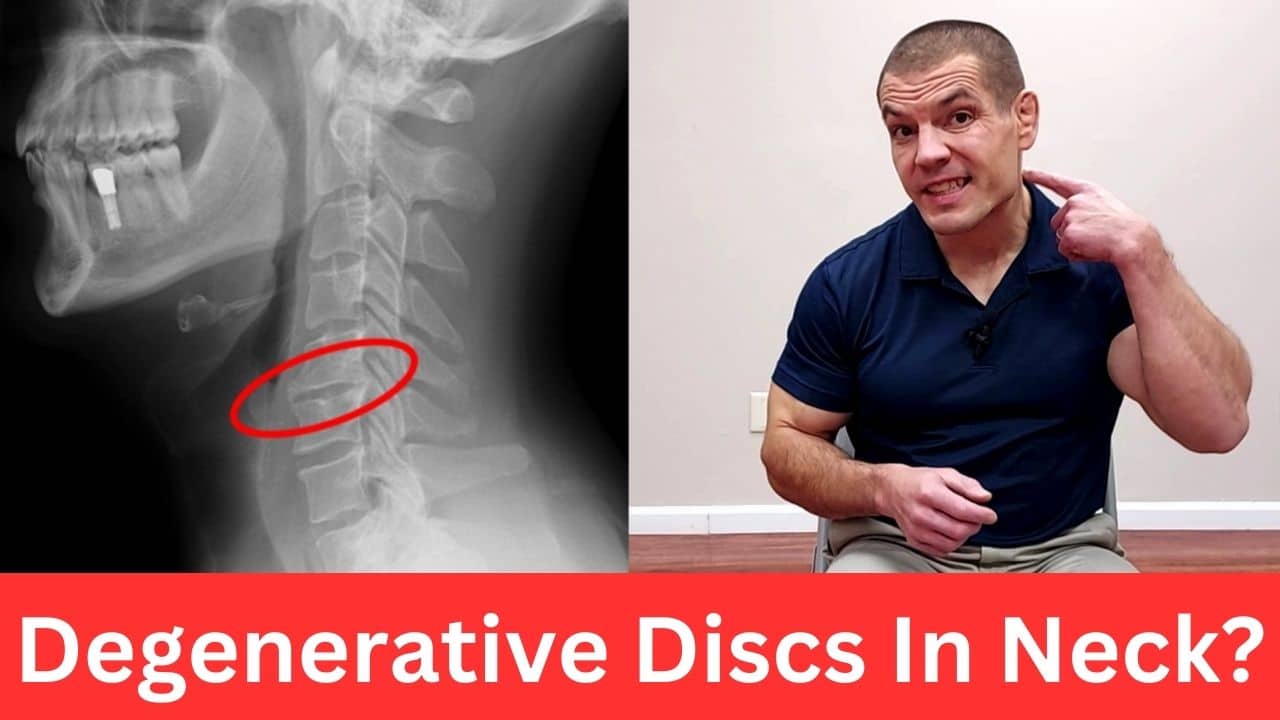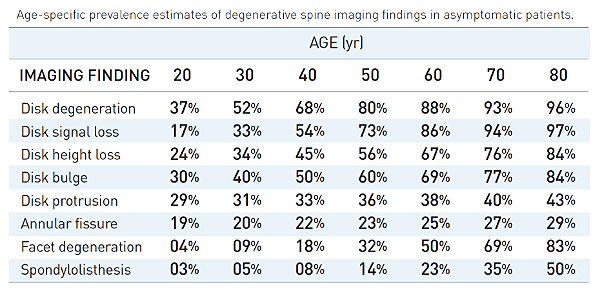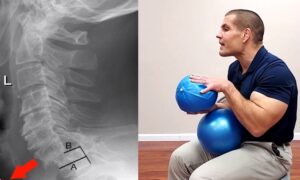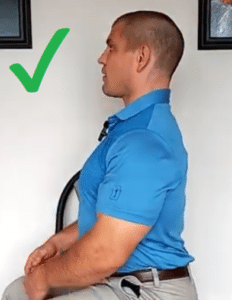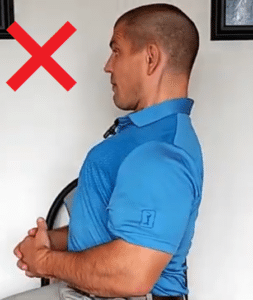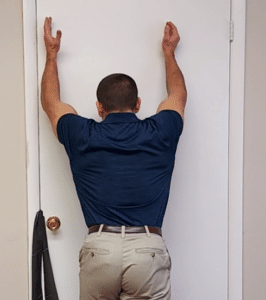Do You Have Degenerative Disc Disease In Your Neck?
If you have degenerative discs in your neck and you'd like to learn exercises to relieve neck pian, watch this video to learn 3 exercises for cervical degenerative disc disease.
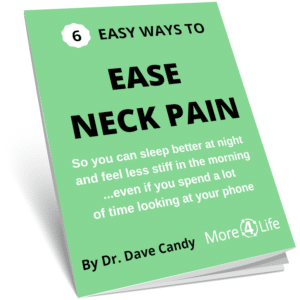
What Is Cervical Degenerative Disc Disease?
Before we get into the exercises, it first helps to understand what degenerative disc disease is.
Degenerative disc disease is where your discs start to lose some water content and dry out as you age.
It's a very common thing, starting as young as your 20s and becoming increasingly more common as you age, both in people with and without neck pain.
W. Brinjikji. Systematic Literature Review of Imaging Features of Spinal Degeneration in Asymptomatic Populations. AJNR Am J Neuroradiol. 2015 Apr; 36(4): 811–816.
So, if your MRI shows cervical degenerative disc disease, don't get too worried about it.
When your discs start to dry out, they lose some water content, become a bit smaller and shorter.
Additionally, they become a little less stabile because they've lost some water content.
Therefore, when you sit in a forward head position, your upper vertebrae are more likely to slide on the lower vertebra.
This is sometimes referred to a spondylolisthesis.
3 Exercises For Cervical Degenerative Disc Disease
Exercise 1: Chin Nod Exercise
The first exercise to help with degenerative disc disease in your neck is decreasing that forward sliding of one vertebra on the other.
The best way to do that is to get out of that forward head position. It's common for people working at a desk or driving for a long time to get in that forward head posture.
So, one of the best exercises for neck pain is correcting it with a chin tuck.
Now, there are some common mistakes people make with the chin tuck exercise. You don't need a full-blown chicken neck.
Just do a slight head nod to decrease the curvature of your neck. The axis of rotation should be through your ears.
Ideally, your ears shoulda also be lined up over your shoulders.
Try to get into that posture as often as you can throughout the day.
You don't need to do a specific number of sets or reps, just do it as often as you can remember.
It's the habit change that will give you long-term relief from neck pain.
However, some people have trouble with the chin tuck exercise due to stiff muscles in the back of their head or neck from prolonged forward head positioning.
These muscles are called the suboccipital muscles.
Exercise 2: Suboccipital Muscle Stretch
The next exercise will address stiffness in the suboccipital muscles.
Sit up, tuck your chin down like before, and add a bit of overpressure.
It's not pulling your head down. Rather, you're doing a slight chin tuck with overpressure compressing downward on your forehead.
This helps stretch out the back of your head. You can add a bit more by using your other hand to pull a little traction upwards on the back of your neck.
Exercise 3: Standing Facing Wall Arm Raise
The last exercise helps to is to decrease compression that gravity puts on your neck all day long.
Put your arms up on a wall and then slide them upwards.
Reach as high as you can comfortably.
When it starts feeling difficult, think about lifting through your shoulder blades, almost shrugging up.
This stretch unloads your shoulder blades.
It stretches your lat muscles, and takes tension off your upper trapezius and levator scapula muscles, which create compression on your spine.
Hold for 10 seconds at the top position, and then slide back down.
Repeat for 5 to 10 repetitions.
Need More Help For Neck Pain?
If you've tried these exercises and still need help for your neck pain, seeing a manual physical therapist can assist.
They can use hands-on techniques to improve joint movement and release stiff muscles so that you start feeling better as soon as the first visit.
If you're in the St. Louis area and need help for neck pain, we'd be happy to help you here at More 4 Life.
Just tap the button below to request an appointment with one of our orthopedic manual physical therapy specialists.

